Women have only been allowed to work in construction again for 27 years. For 120 years, there was a ban on women in the construction trade in the old federal states of Germany. Nevertheless, the female share is still in the minority. That's why we discuss the topic of women in construction with our guest Susann Herbrich.
Susann Introduces Herself
Susann Herbrich is one of the few women in the construction industry. She was in the start-up "building radar" for over 2.5 years, where she was in charge of marketing.
What is your academic career like?
Susann studied business administration and completed her Master's degree in it. Marketing and internal auditing were topics that interested her from the very beginning.
How did Susann get into her job in construction?
Her way into construction led through IT, where she had gained a lot of experience. The CEO of a company finally inspired her with the idea of a start-up that wants to digitize the construction industry: building radar.
What did Susann enjoy most about this job?
Most of all, she was grateful for working in a start-up. There are exciting ideas and movements. Strong names, such as Jan-Hendrick Goldbeck and Hubert Rhomberg, were behind building radar. She had rarely experienced the mixture of tradition and new ideas.
Share of Women in Construction
Women are very much underrepresented in construction, explains Susann. With 13% of women share, that is 1.9 million, the construction industry is at the bottom. Furthermore, says Susan, very few of them can be found on a construction site, but rather in digitized professions. Only 7% of women work full-time in the industry, fewer than in the mining, energy, water, and waste disposal sectors.
Reasons for This Underrepresentation
According to Susann, the historical development in the industry plays a role here. Digitization in construction, for example, is similarly lagging behind. Other industries are much more attractive. This upheaval has been happening for the past 20 years.
What is the current image of women in the construction industry as compared to the past?
Susann believes that it has changed very positively. It's still a male-dominated industry, such as IT security, for example. However, she sees a greater problem in the lack of heterogeneity in these areas. New ideas and perspectives help to get out of old role models.
Heterogeneous Teams
Susann understands the term heterogeneity to be diversity above all. Teams with women and men lead to much more exciting approaches and ideas. The same principle applies to age, where a mixture also makes sense.
Do men earn more than women in the construction industry?
In the construction industry, Susann cannot provide any information. In any case, the proportion of women is increasing. She felt that at least in her work in the start-up, unfair pay was not an issue.
Has Susann had any negative experiences at work because she is a woman?
Susann cannot claim that for the construction industry, but definitely for the last 15 years. In strongly male-dominated teams, there were always men with outdated role models.
You have to distinguish between working in a modern, digitized company, and on the construction site. Few women can be found directly on construction sites, which is why there's a different tone of voice: The construction industry is known to be a bit rougher, dirtier, and so on.
Susann agrees, and mentions a daycare center as another example. There are certainly a few basic physical requirements. In the digitized area, the whole thing would look different.
Digitization as Opportunity for Women
According to Susann, there are many interesting new approaches to reorganization. Thus, flexible working hours and home office are possible, which means that it is no longer necessary to be physically present on the construction site every day. Many companies have already adopted a strong digital orientation when it comes to sales. This trend offers advantages for women, men, and families.
Is the pandemic contributing to the change?
Inevitably, as Susann says. The pandemic would have made a change necessary, even for those who previously relied on being able to always reach their network personally. Smaller workspaces around cities are becoming more attractive, as is the concept of renting office space for start-ups. The subject of raw materials was also heavily influenced by the Coronavirus.
Raw Materials
Susann talks about the effects of the current shortage of raw materials. In Canada, wood has become scarce, gravel pits cannot be replenished so quickly, and there have been production stops, which are now having an impact.
In fact, the construction industry was actually the most crisis-proof industry during the pandemic. However, you can see now that prices have skyrocketed, as is the case with timber, insulation, and steel. Hopefully the construction industry will recover.
Susann can imagine that very well. It is exciting to see how the industry reacts to this – perhaps with more new, creative ideas. Houses that are more affordable and, for example, modular trends in prefabricated construction are interesting developments that also drive digitization.
Especially because innovations in the construction industry tend to be slow.
Susann believes that customers will also demand more and more. In large companies there are progressive approaches, while others only use an Excel table for construction supervision and sales.
There are also differences between cities and rural regions. Large companies in cities work with VR and AR and virtually show the respective building owner what his own home could look like.
Susann confirms that this development is beginning. However, technologies like these have to become part of everyday life. A design office would simply have forgotten to offer such an option, even though they would have decided to do so.
You might only build a house once in your life. Such a feature should be used, if possible. It's a shame to forget.
Susann agrees. Such options could easily prevent disappointments later on.
What does equality mean for you?
Above all, Susann mentions respect in dealing with each other and meeting personally, regardless of gender, skin color, age, and sexual orientation.
How do you get more women interested in construction?
Susann talks about science training courses, which are heavily geared towards the male brain. The subject matter must be imparted more equally, using different approaches.
Clichés should be stopped right from the start, even in schools. Flexible working models are more attractive for both women and men. More STEM projects and more work at universities would also be important.
An effective approach to getting the younger generation excited about technical professions. Campaigns like Girls' Day, where students could take part in STEM lectures or exercises, are a good way to go.
During Susann's studies, there were companies that actively participated in such STEM weeks. That was extremely helpful and showed what everything works.
It also depends on the lecturer, teacher, or professor. With more teachers and professors, a better picture would emerge, especially for female and male students.
Susann agrees and adds that in college, you are very much influenced by your favorite subjects and professors. In marketing, she had a professor who almost spoiled her favorite subject. On the other hand, one professor managed to explain internal auditing in such an exciting way that she specialized in it. More diversity in teaching would be desirable.
How does Susann see the future of construction in general?
She thinks the developments in 3D printing are very exciting. She also comes back to Raphael Gielgen, whose visions of the future she can retrieve very well. Building radar worked a lot with AI and Susann sees great potential there, too. The clean digital mapping of construction projects and construction site management, also in private, are exciting trends for her.
Why is digitization so slow in the construction industry?
Susann thinks there's a lot of catching up. While large companies progressed rapidly, many small companies that make up the industry would be in trouble. Corona is making headway, but it will take some time before the industry has caught up.
If she had one wish now, what would she change in the construction industry?
Susann would give more space to smaller tools and new ideas. A second wish would be to build really sustainably using raw materials that allow us to protect the planet.
Sustainability is a big issue, especially because the construction industry is simply one of the main culprits. We should focus on it, use more sustainable construction methods and raw materials, and strive for a closed loop system of reuse for the construction of new buildings.
That would also be a dream for Susann.
What is your favorite building?
The Eiffel Tower, which symbolizes the dawn of a new era among the buildings steeped in history.
The builder was also one of the pioneers of steel structures. He was very innovative and created a monument for himself.
If he had only known how many marriage proposals he would create with his monument, Susann thinks.

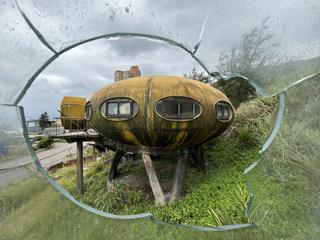

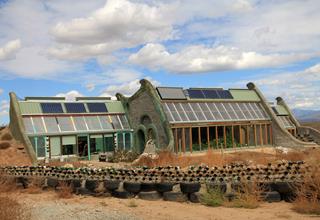

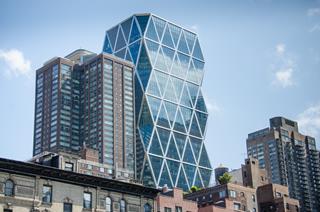























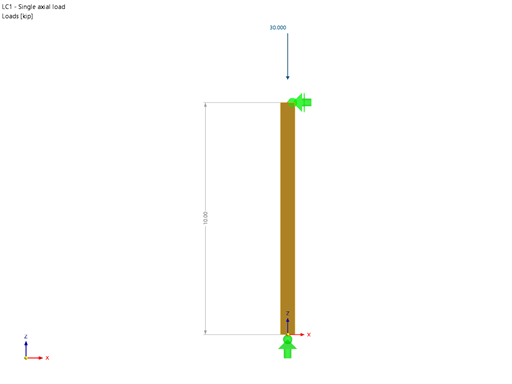




![Reduction of Building to Cantilever Structure: The individual mass points represent the floors. The deflection due to the normal compression forces shown in (a) is (b) converted into equivalent moments of displacement or shear forces [2].](/en/webimage/009762/2420261/01-en-png-12-png.png?mw=350&hash=dd36dc43123116724231958668ad6cdcb13a0169)





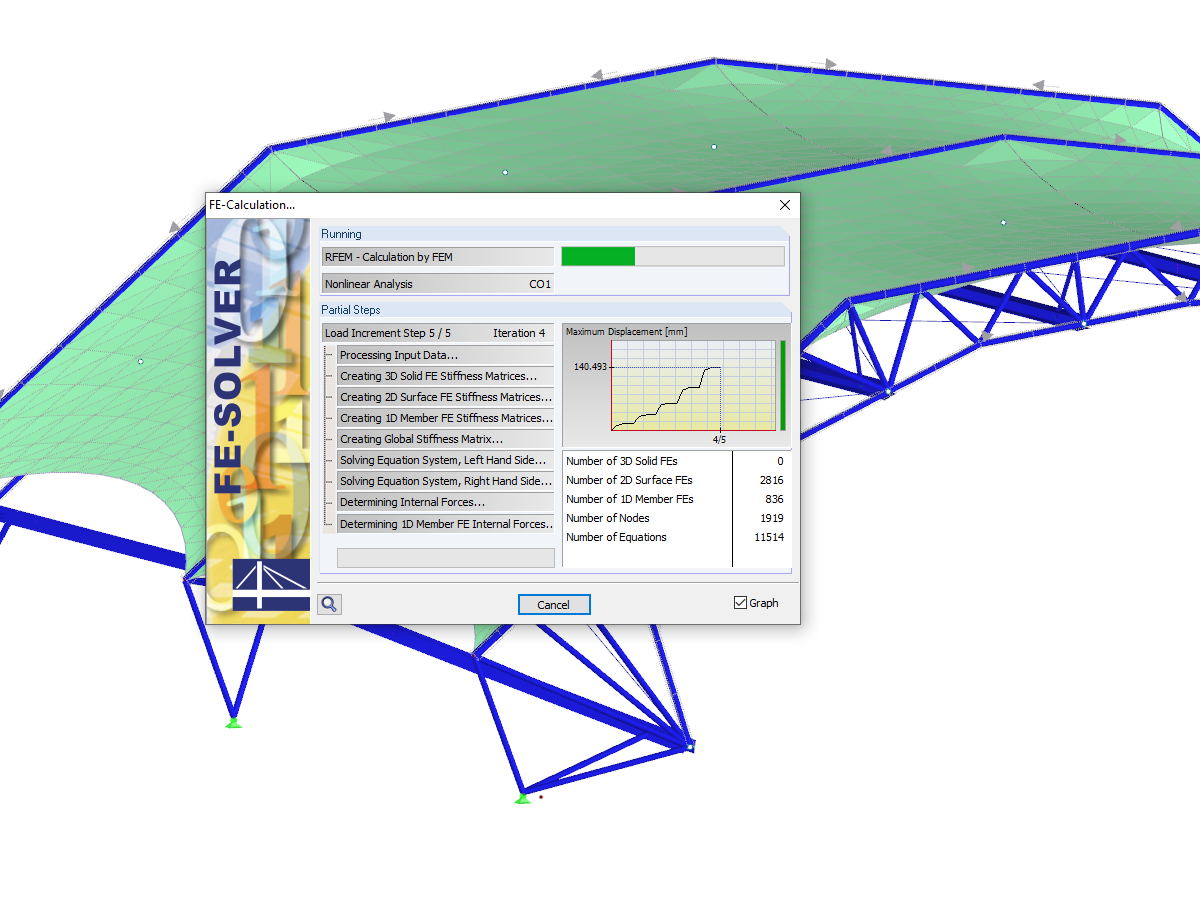.png?mw=512&hash=ea9bf0ab53a4fb0da5c4ed81d32d53360ab2820c)








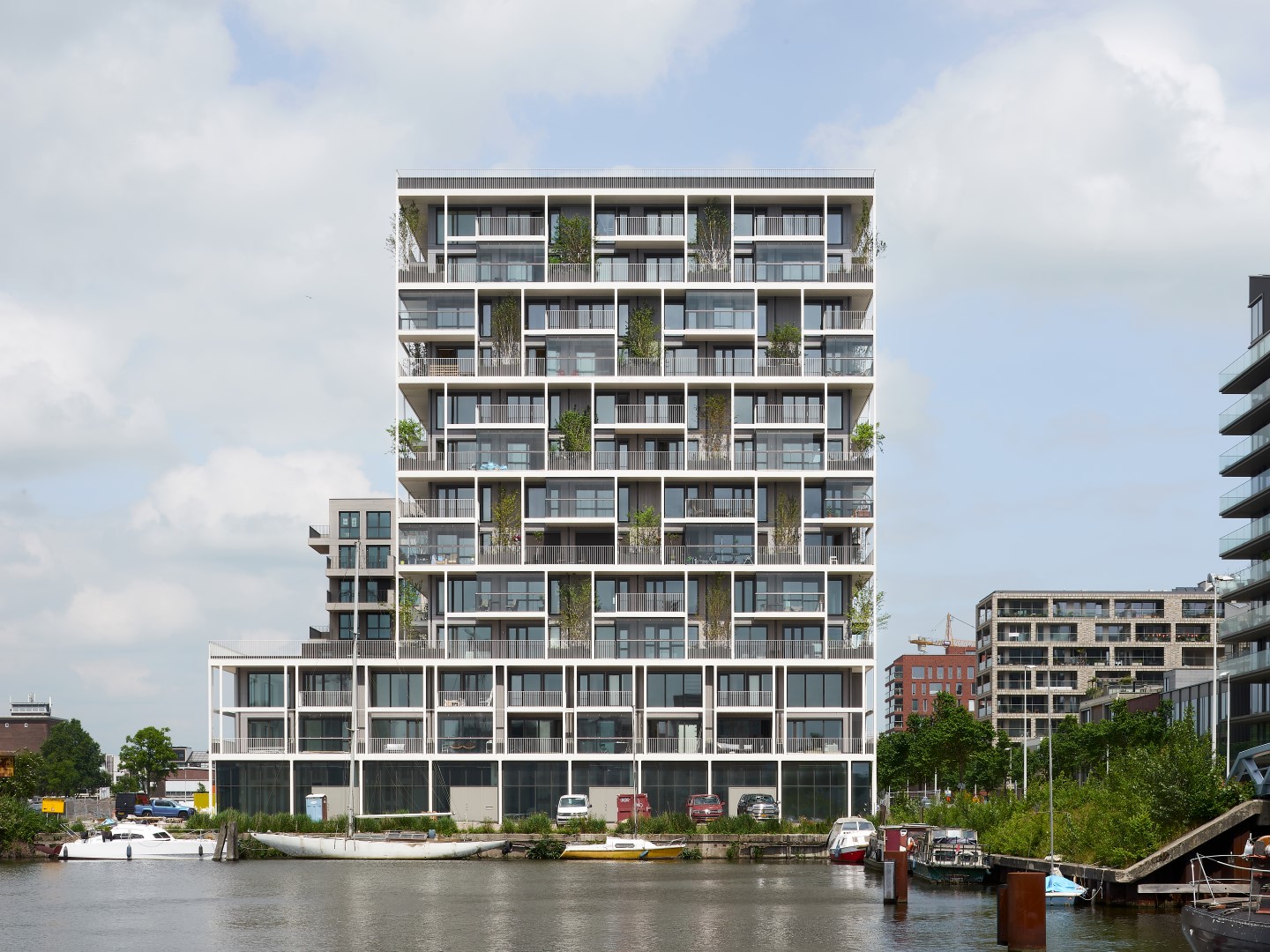.jpg?mw=350&hash=8f312d6c75a747d88bf9d0f5b1038595900b96c1)
